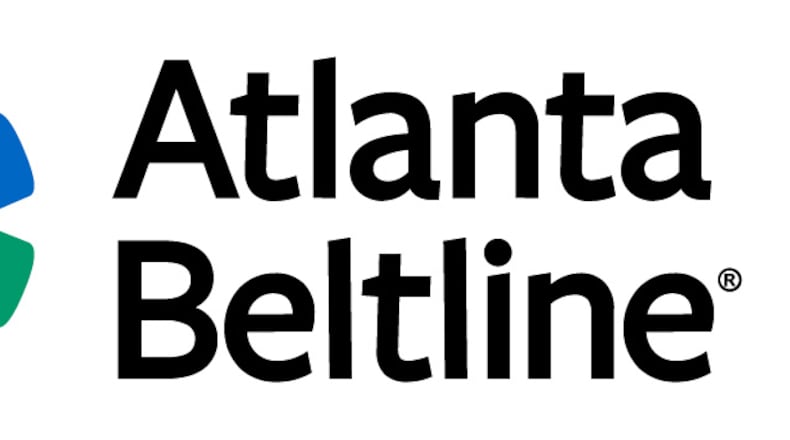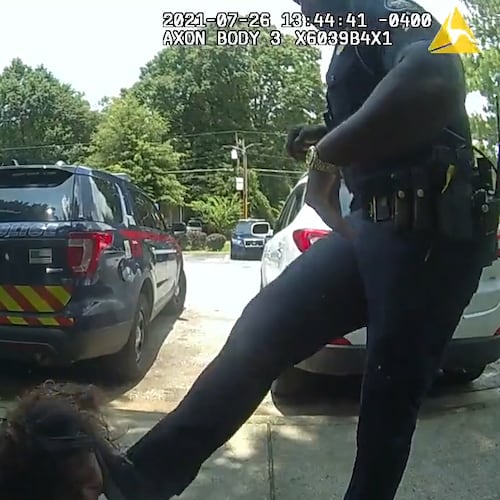It’s been nearly 20 years since city officials passed the Beltline Tax Allocation District and paved the way for the creation of Atlanta’s iconic trail system that runs throughout its neighborhoods.
With a majority of the continuous trail loop on track to be completed within two years, and the entirety scheduled to be done by 2030, Beltline officials are giving its branding a refresh with the future in mind.
Clyde Higgs, president and CEO of Atlanta Beltline, Inc. told The Atlanta Journal-Constitution that an updated logo and website are a step toward ushering in a new era: a completed trail system after decades of construction.
“The goal is to make sure that it feels very inclusive — and that’s what the Beltline is at the end of the day,” he said. “It is about using infrastructure to connect communities.”
The rebrand — paid for by Atlanta Beltline, Inc. and philanthropic entity the Atlanta Beltline Partnership — features a new logo called “The Beacon,” a streamlined website and updated signage across the city scheduled to be rolled out in coming months.
The updated logo is a simplified version of the Beltline’s previous circle of conjoining blue and green squares, but with a little more Atlanta flare, Higgs explained. The visual integrated the color red, which — from The Coca-Cola Company to Atlanta’s sports teams — plays a crucial visual role in the city’s culture.
“That’s what this brand refresh really does: it still honors the old logo,” he said. “But it really is a new reflection of what we are becoming.”
Vice President of Communications and Media Relations Meghann Gibbons said that the relaunch of the Beltline’s website is intended to make it easier for residents to access resources, from business programs to homeowner workshops.
“With the website, part of it was we need to make it easier for people to be able to access it with Atlantans — our key stakeholders — being number one,” she said.
Credit: Riley Bunch/AJC
Credit: Riley Bunch/AJC
But the Beltline has also become a major international draw. In April, Higgs along with Atlanta Mayor Andre Dickens and White House Senior Advisor Tom Perez, took a stroll down the east side trail where they announced that a majority of the paved trail loop will be completed by the first quarter of 2026.
Thousands of visitors expected to descend on Atlanta for the FIFA World Cup that year will be able to travel along the Beltline from north of Piedmont Park to Mercedes-Benz Stadium. Officials say the accelerated timeline is still on track with 13 construction projects underway on the trail and connecting paths this year.
Last month, the Dutch king and queen toured the redevelopment project near Krog Street Market. Higgs called the beloved trail system an “international phenomenon,” that serves as one of the city’s biggest selling points.
But some community members have questioned what the Beltline should look like in the future.
Residents and city leaders have been locked in a heated debate over the long-standing idea to install light rail along the loop. Proponents say mass transit would increase access for communities on lesser used portions of the trail. But opponents argue transit would take away from the beloved pedestrian corridor.
Higgs told the AJC that Beltline officials aren’t wavering on plans to install transit along the trail, but are still weighing what mode of transportation fits best.
“I think most reasonable people who love our city understand that we are adding another 2 million people to metro Atlanta,” he said. “We have to figure out transit and that’s not just a Beltline conversation, that is a metropolitan Atlanta conversation.”
About the Author
Keep Reading
The Latest
Featured



